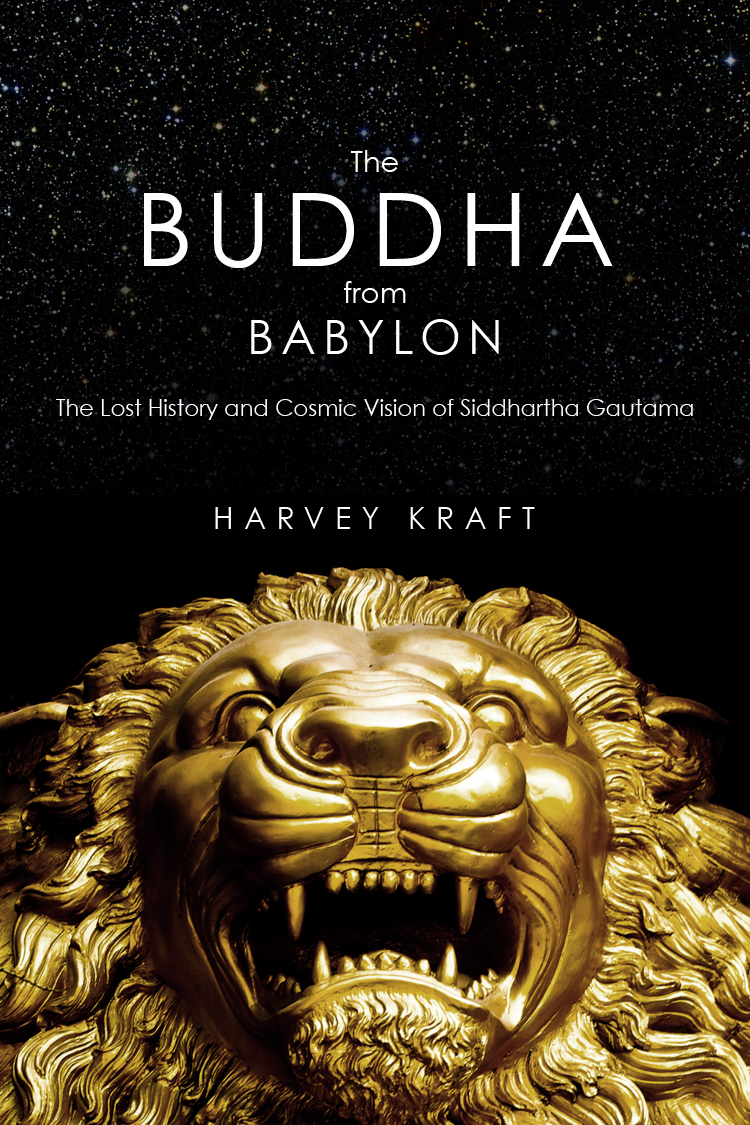Who Invented Sin?
/The Moon was the astral father. The Sun and Stars were his progeny. In ancient Sumer (3rd Millenium BCE), the Moon God, Nannar (Akk. Sin), appeared first from the union of the Lord of the Sky (Enlil) and the Lady of the Air and Wind (Goddess Ninlil). He provided the first light in the dark Universe when the world emerged. Then, the Moon God and the Great Lady Goddess of the Delta (Ningal) begot a son, the Sun God, Utu (Akk. Shamash), and a daughter, the Goddess Innana, derived from the Sumerian Nin-Anna “Queen of the Stars” (Akk. Ishtar). in the Hebrew Bible, Sin, the bull-Moon God of Akkad is portrayed as a seductive influence with the worship of the golden calf under the specter of Sinai Mountain. The bovine (bull, cow, calf) is the divine symbol of fertility and creativity of the moon in Egyptian, Hittite and Babylonian (Marduk) religions. In Greek cultures, the carnal appetites of the bull manifested as Zeus, Bacchus, and the Minoan Minotaur. In the Vedic tradition, Indra, is the bull-god and Lord of Light (i.e., the moon).
The collapse of a farming-friendly climate ended the era of exuberant prosperity. A three hundred-year Epic Drought that began around 2100 BCE brought down the institutions of power and caused a cataclysmic shift in populations. Swiftly, the lingering period of drought, along with intermittent monsoon rains and dust storms, and the occasional impact of an astral object destroyed crops and decimated city-states across a vast territory from Egypt to the Indus.
Massive loss of farming land severely weakened the prevailing religious, economic, and sovereign structures resulting in power vacuums and inviting conquest or overthrow of bloodlines. In Egypt during the three hundred years of suffering an intermediate kingdom with regional governors replaced the centralized monarchy. It would be centuries later, after the crisis had passed, before Egypt was able to reunify its lands under dynastic kings (Middle Kingdom). In Asia, anarchy and barbarian invasions added to the economic havoc as the Mesopotamian dynasties disintegrated. It took several hundred years before the power structures could regenerate and by that time the old guard was gone.
The Epic Drought invited a hard look in the mirror for authentic practitioners of the spiritual arts. A deeper lesson had to be learned. Challengers to the failed priesthoods called for a purge of the corrupting influences wealth, pleasure, and power had on authentic religiosity. The good spirits had departed, the new seers declared. The gods demanded, they said, that religions clean up the chaos and realign with the purity and innocence of their original spiritual commitment. These dissenters reasserted the need for spiritual purification as the prerequisite for a visionary reconnection with the divine.
The Moon Worshippers, called Sinners, were tied to stories of corruption and sexual depravity associated with the Sumer/Akkad clergy prior to its fall. Virginity and religious rejection of the world of man, by contrast, became the symbol of divine purity achieved by abstaining from desire.
From today's perspective, a 4,000 year-old drought has shaped the way we think about ourselves.




